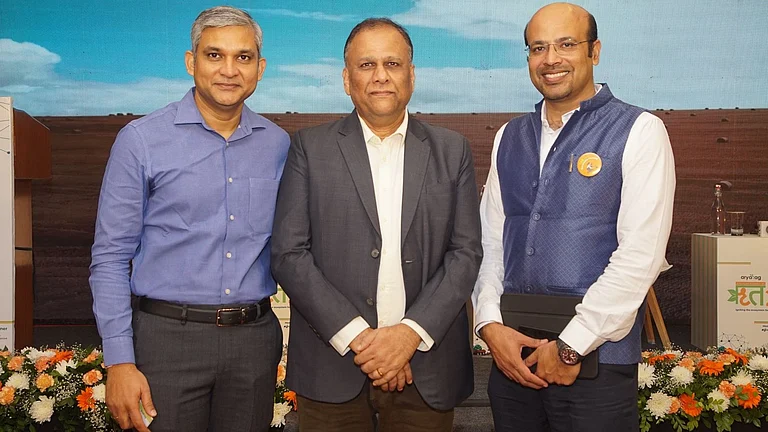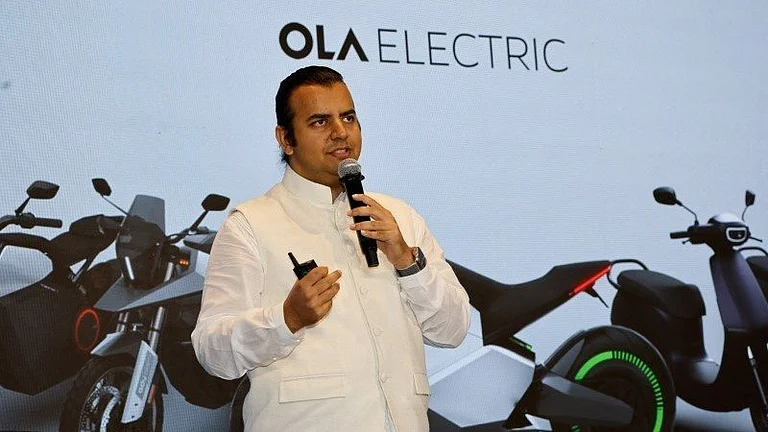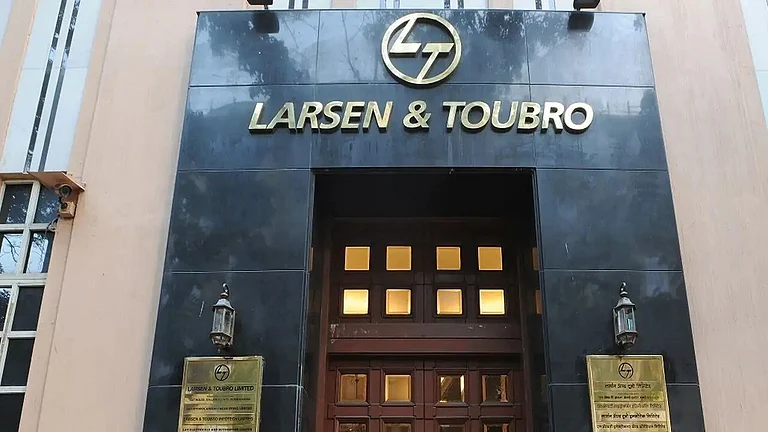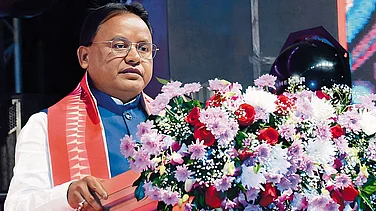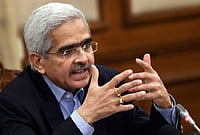On Wednesday, when the Supreme Court (SC) agreed to review the central government's 2016 demonetisaton drive, it brought back memories of the sudden announcement, serpentine lines and sheer helplessness and panic for many.
When the issue was taken up by the SC with several petitioners and the government both placing their arguments before the court, it said that it will have to examine the 2016 exercise to come to a conclusion regarding the legality of the move and whether the issue has become a mere academic exercise.
The court also said that it was aware of the “lakshman rekha” of judicial review of the government's policy decisions and asked both the Centre and the Reserve Bank of India (RBI) to file affidavits.
A general overview of the current petitioners' arguments suggests that demonetisation was largely against the Constitution and the Reserve Bank of India Act, 1934 which governs the legal tender and issuance and withdrawal of notes.
The SC diving into the issue six years later will turn the spotlight back on the Centre, its decision and handling of the move.
How It Unfolded
With a single televised announcement at 8 p.m. on November 8, 2016, Prime Minister Narendra Modi informed the country about the central government’s decision to demonetise Rs 500 and Rs 1,000 notes, declaring them illegal tender.
The move essentially sucked out almost 86 per cent of the currency from circulation overnight. In a cash-dependent country like India, several people, whose lives depended on cash-based transactions, were severely hit.
Back then, the government’s primary arguments were that the move would help wipe out black money from the economy, curb terror funding, among other things. Later, digitisation was added to that list.
Some approached the courts challenging the decision, hoping that the demonetisation notification would be quashed. However, a few days after the move, the apex court told the former Attorney General (AG) that it would not interfere with the decision but it must be ensured that least inconvenience is caused to the public.
In the same year, while the SC had framed nine questions pertaining to the legality of the move, it also barred other courts from hearing petitions challenging demonetisation to “avoid multiplicity of hearing and conflicting decisions on the same subject matter”.
Six years later, a five-judge constitutional bench of the SC, comprising Justices S. Abdul Nazeer, B.R. Gavai, A.S. Bopanna, V. Ramasubramanian, and B.V. Nagarathna, has decided to hear the petitions against the move, setting the ball rolling for them again.
What The Arguments Are
Among other things, the petitioners have argued that the move adversely affected the fundamental rights of citizens such as right to equality, right to life and right to livelihood.
Sangam Lal Pandey, an Uttar Pradesh-based advocate and petitioner, who was among the first ones to challenge demonetisation says that the government did not have the power to demonetise the currency the way it did.
“The government has violated the Constitution of India because, as per the RBI Act and its Section 26(2), the government could not demonetise all series of bank notes of any denomination the way they did. So, this case is important as it affects the Constitution of the country,” says Pandey.
A similar point was reportedly raised by senior advocate and former Finance Minister P. Chidambaram, who represented the petitioners before the SC bench, during the recent hearing. According to Live Law, Chidambaram said that the government could only demonetise any particular series of bank notes of any denomination. If there was a need for anything in excess of this, it would require parliamentary sanction, he added.
“If Section 26 gave the government this power, then why were separate Acts enacted during the earlier demonetisations in 1946 and 1978?,” Live Law quoted Chidambaram as saying. When contacted, Chidambaram refused to comment on the matter since it is currently sub judice.
Appearing for the government, Attorney General R Venkataramani defended that point by drawing attention to the High Denomination Bank Notes (Demonetisation) Act, 1978. He mentioned that unless the Act is challenged in a proper perspective, the issue is likely to remain largely “academic”.
A Supreme Court Advocate Tanvi Dubey says, "The main challenge is three-fold - (a) Does the power to demonetise all series of a denomination flow from Section 26(2)?, (b) If the answer to question (a) is in affirmative, then is the said power unbridled and unguided?, and (c) whether the implementation of the impugned notification suffers from procedural and/or substantive unreasonableness and thereby violates Articles 14 and 19 and, if so, to what extent."
"The above questions make it clear that the issue is not only an academic issue (with the passage of time) but the same also raises crucial concerns regarding fundamental rights of the citizens," Dubey adds.
Another senior advocate familiar with the matter, who did not wish to be named, believes that because a long time has passed and most people have suffered losses, nothing much can be done now.
Having said that, the petitioners might still hope for some changes in the law to accommodate any such instances in the future.








